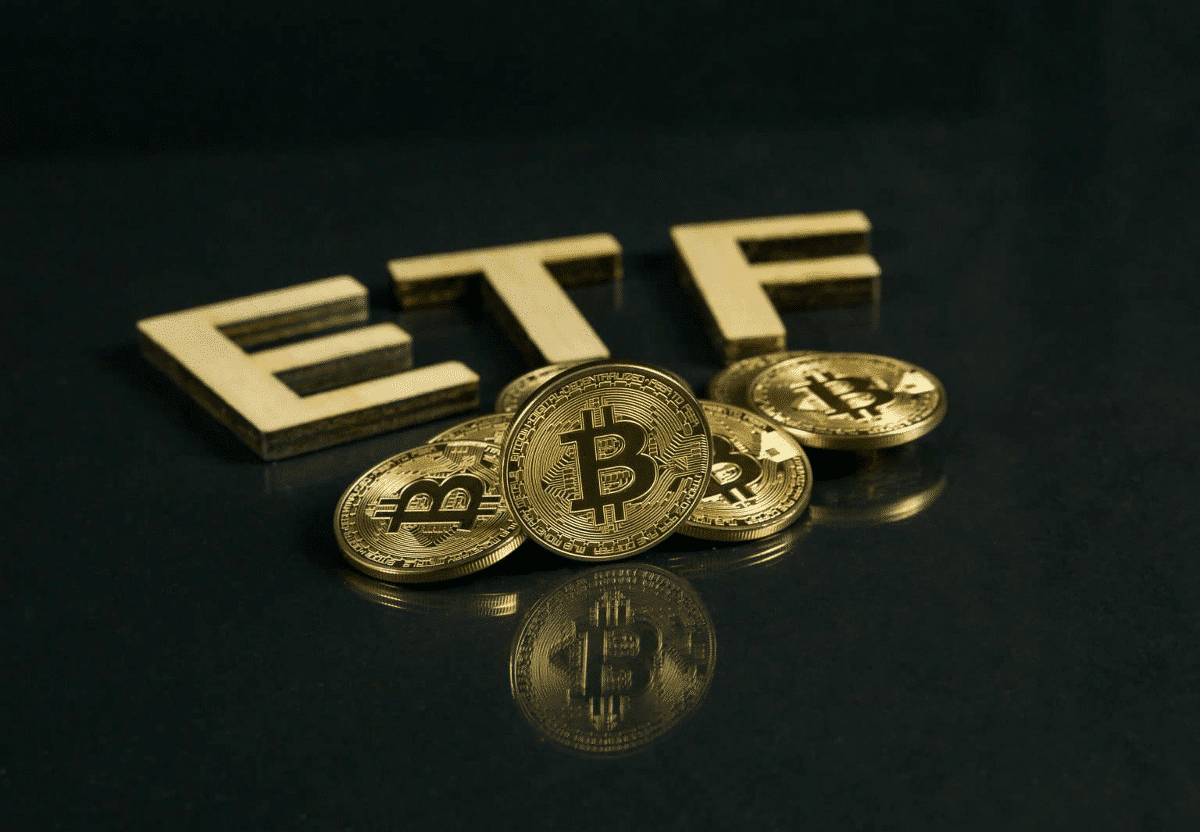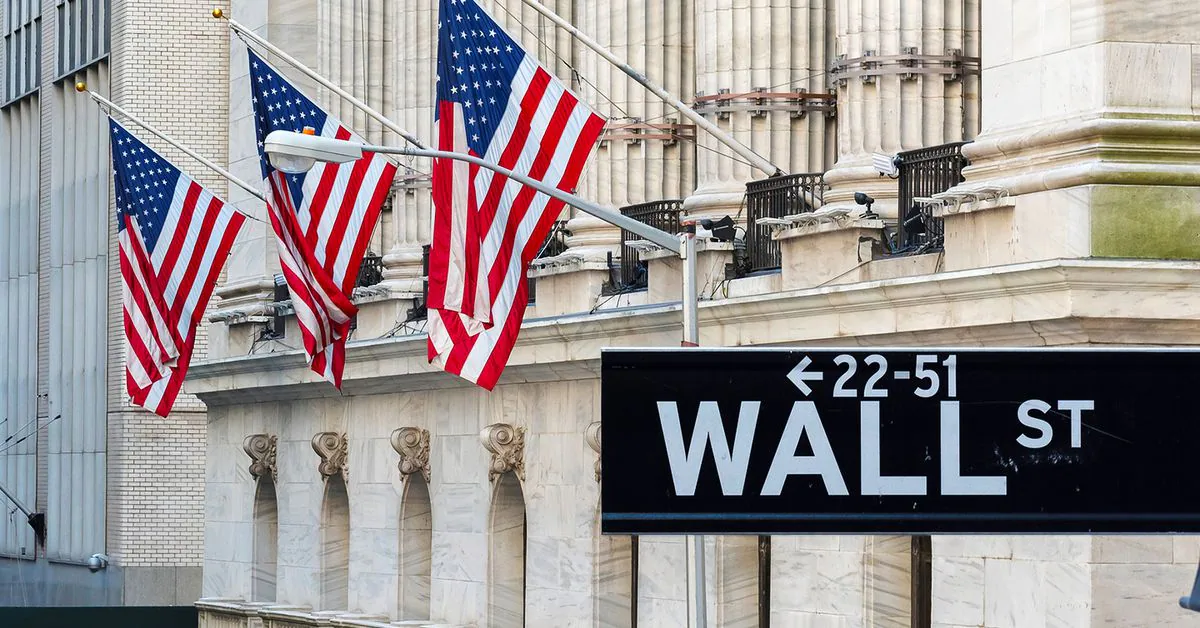The Grand Handover Traditional Finance Steals the Spotlight in Crypto’s Next Era
Embracing the Change Traditional Finance Takes the Lead in Crypto's Next PhaseThe great handover of crypto infrastructure from crypto natives to traditional finance is happening, but it’s not because of some noble ideology to “bank the unbanked” or create an alternative financial system. It’s simply a case of push and pull, my friends.
On one side, we have traditional institutions pushing into crypto like eager beavers. Why, you ask? Well, they see a business opportunity, and they want a piece of this juicy asset class. It’s like a pack of hungry wolves spotting a tasty rabbit and thinking, “Mmm, that looks like a delicious lunch!”
But it’s not just the institutions doing the chasing. Oh no, we have institutional investors pulling them in too. Why, you wonder? Well, it’s because they’ve lost trust in those sneaky crypto native intermediaries. It’s like watching a magic trick that always ends with the magician stealing your wallet. Poof, it’s gone!
And guess what? These institutions aren’t just here to crash the crypto party. They’re here to gobble up all the crypto-natives’ lunches, too. So long, sandwiches!
- CBDCs The Hip New Alternative to SWIFT?
- Bitcoin ETFs Fueling the Rise of Digital Investment or Just Another Wild Ride for Crypto Enthusiasts?
- The Institutional Crypto Revolution: A Comedy of Coinciding Developments
Let’s talk about futures, my friends. In October, CME was on the verge of replacing Binance as the top futures exchange. Now, if you think that’s surprising, you clearly haven’t been paying attention. Binance may be the cool kid on the block, but it’s as opaque and lightly regulated as a shady backroom poker game. Investors and institutions prefer dealing with traditional financial institutions that have a solid balance sheet and don’t disappear into thin air.
Imagine this, folks. Carrying a large position in crypto with a crypto-only institution is like buying CDS on Lehman from Bear Stearns. You might as well be dancing with danger. But with the big dogs, they’ve got their operational practices down pat. They’ve been following securities laws longer than you’ve been alive. They know how to do their homework before diving into the crypto pool.
Now, stablecoins are in a different boat. Instant settlement and de-risking used to be their charm, like a magic trick that always leaves you amazed. But times have changed, my friends. Transparent backing, openness about banking capabilities, liquidity, and yield are the new stars of the show. It’s like stablecoins have had a glam makeover and are strutting their stuff on the catwalk.
But wait, there’s more! DeFi stablecoins are taking a different path. They’re like rebellious teenagers, trying to carve out their own niches and show off their competitive advantages. The latest batch is all about bringing “TradFi” returns into DeFi, mostly through U.S. Treasury yields. They’re like runners passing the baton, keeping the race alive.
How long can USDT and USDC hold their crowns, you wonder? Well, my crystal ball is a bit murky, but one thing’s for sure: they will be challenged. DeFi will keep importing outside yields, and traditional institutions in crypto-friendly jurisdictions will want a piece of the action. So, like a boxing match, the battle for dominance will continue.
Now, let’s talk about the rise of hybrid institutions. It’s like peanut butter and jelly, my friends – crypto natives becoming more TradFi-like, and TradFi institutions amping up their operations in the crypto space. Take Coinbase, for example. They started as a crypto-native business but are now playing ball with the big boys by offering futures to retail customers. It’s like watching a wild animal tame itself for the corporate world.
And there’s more! FRAX, a DeFi stablecoin, has found a way to generate yield by investing in good ol’ US treasury bills and repo agreements. JP Morgan even created its own private blockchain, handling a whopping $1 billion daily. Now that’s some serious blockchain bling, my friends!
Even the big players are joining the party. PayPal, with millions of active users, has partnered with NYDFS-regulated Paxos to get a slice of the stablecoin market. Nomura and Standard Chartered aren’t sitting this one out either. They’ve invested in their own digital assets custody services, ready to safeguard the crypto fortunes of the future.
But wait, there’s more! BlackRock and Fidelity have filed for spot Bitcoin ETFs. It’s like the heavyweight champions of traditional finance stepping into the ring, ready to take on the crypto world. And guess what? In the UK, industry stalwarts have registered as crypto-asset firms, proving that even the old guard is ready to boogie with the blockchain.
Now, you might be thinking, “Is this the end of the original vision of digital assets?” Oh, dear reader, it’s quite the opposite. The institutional embrace of crypto is like a booster rocket, propelling digital assets further into the stratosphere of development and innovation. Legitimacy, liquidity, and diversity are the name of the game, creating an ecosystem that benefits every player. It’s not a zero-sum game, my friends. It’s a collaborative and creative endeavor that can transform the world of finance.
So, buckle up and enjoy the ride, my fellow crypto enthusiasts. The future of finance is about to get wild, woolly, and wonderfully digital. Together, we can make magic happen.
You can find the original article here. Remember, keep it fun, keep it professional, and keep investing in those digital assets!
We will continue to update Blocking; if you have any questions or suggestions, please contact us!
Was this article helpful?
93 out of 132 found this helpful
Related articles
- POS dividends disappearing? Analyzing the challenges and future of LSDFi from a data perspective
- A look at the Ethereum Inscription Track Besides the thousandfold coin ETHS, which other projects are worth paying attention to?
- The blossoming Bitcoin Layer 2 Multiple solutions competing, overcoming the impossible triangle
- Herodotus How to use Starknet rollup to prove Ethereum state?
- Drive to earn?In-depth analysis of DePIN’s business model in Dimo’s race track project.
- Exclusive Interview with Hack VC Managing Partner Alexander LianGuaick The Hacker of Investors, The Technology Expert of Investments
- The Battle of the East for the Location of Transnational Cryptocurrency Companies (Part 2) Is Hong Kong More Suitable for Mining?






